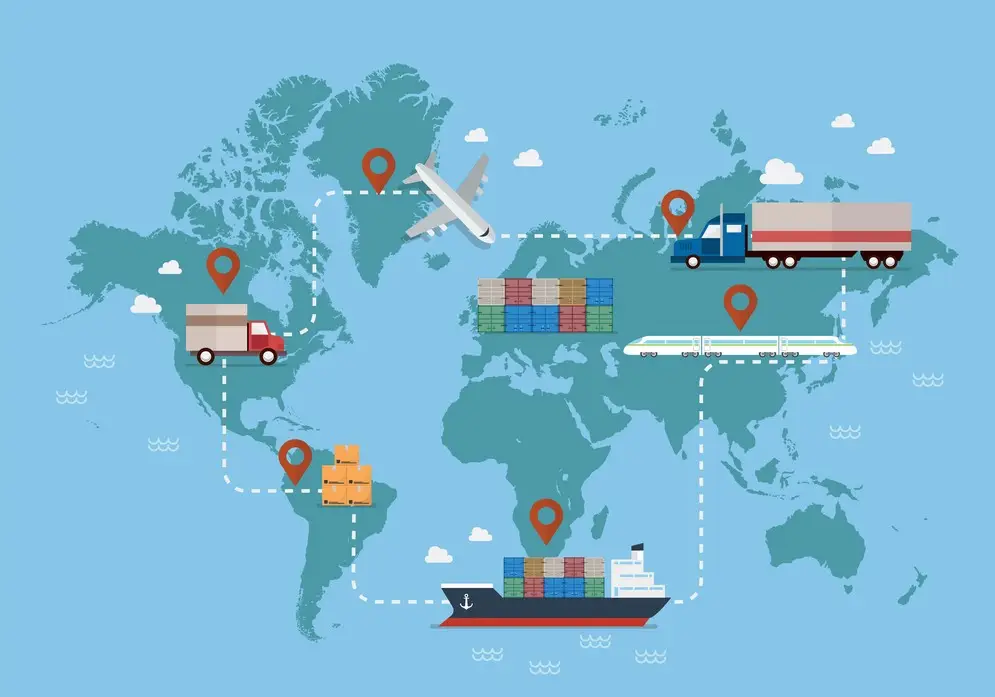The issue of counterfeit products injecting themselves into e-commerce marketplaces continues to rear its ugly head repeatedly. The counterfeiting “industry” is growing at an unprecedented rate. According to the International Chamber of Commerce, the global economic value of counterfeiting and piracy could reach USD 2.3 trillion by 2022. In previous GreyScout blogs, we’ve tackled the subject of e-commerce businesses keeping their goods out of the hands of bootleggers while protecting customers from the dangers of counterfeit goods. However, keeping counterfeit goods out of your e-commerce supply chain is a whole different animal.
The production of counterfeit goods has become incredibly advanced. Once limited to street-front vendors peddling fake designer handbags, sneakers, and streetwear, counterfeit goods are now being made using the latest technological innovations to produce near-duplicates of a wide range of products.
From intricate electronic devices to Personal Protection Equipment (PPE), counterfeiters have reached a point where there is almost no item they cannot copy.
Utilizing 3D printing technology and other advanced manufacturing techniques, counterfeiters have been able to duplicate products, labels, logos, and security codes that render a product – to the seeing eye – indistinguishable from the real thing. With health and safety being a primary concern worldwide due to the COVID-19 pandemic, it is now more vital than ever for e-commerce businesses to protect their customers – especially those purchasing PPE. While supplying counterfeit goods to customers might be inadvertent, e-commerce vendors are still liable and face severe consequences in the form of hefty fines and, in some cases, jail time.
How do these products get into my Supply Chain?
Counterfeit goods on e-commerce marketplaces have become so convincing that legitimate businesses have inadvertently found these fakes within their supply chains. When it comes to the most prevalent e-commerce marketplaces – such as Amazon – a large number of orders are fulfilled by third-party warehouses, making it increasingly difficult for vendors to control what products are being shipped to their customers. Counterfeit goods are usually only identified once reaching the end consumer.
Here are some ways businesses can identify counterfeit goods within their supply chain before reaching customers:
Implement technology within product packaging to protect Your Brand from Counterfeit Goods
According to Forbes, pharmaceuticals and food are the among top markets for illicit trade.
State-of-the-art tracking technology can ensure that customers can instantly identify the legitimacy of goods. E-commerce vendors can implement a variety of elements within their product’s packaging, including special markings only visible under UV light, holograms, QR codes, and other digitally verified security tags. This gives customers an easy-to-interact verification method.
While the goal should be to prevent counterfeit goods from reaching customers entirely, these verification methods can easily be identified by the end-consumer, who can utilize mobile applications that allow them to authenticate their purchases. This is especially important when it comes to authenticating potentially dangerous products such as fake medicines, counterfeit PPE, and other consumables that pose a severe health risk.

Utilize Blockchain technology
As cryptocurrencies such as Bitcoin and Ethereum increase, blockchain technology is quickly becoming mainstream. According to EuroMoney.com, “A blockchain is essentially a digital ledger of transactions that is duplicated and distributed across the entire network of computer systems on the blockchain.”
By bringing e-commerce products into the blockchain, businesses can establish a connection between the physical product and its digital record. With its identity based on the blockchain, the item is updated whenever it changes hands, from manufacturer to distributor to end-consumer, ensuring its legitimacy throughout the supply chain. In addition to registering a product using blockchain, businesses should register brand trademarks with local intellectual property offices in applicable markets, as highlighted in a previous GreyScout blog.
Make Third Party sellers accountable.
Depending on your distribution model, third parties may acquire your products in several ways: by purchasing directly from the manufacturer, buying it from distributors, buying from other retailers who are liquidating stock, or online wholesalers selling mixed containers of stock. Given the highly anonymous nature of online and marketplace selling, you must also consider the possibility that many of these third parties may be selling stolen, diverted or counterfeit goods.
One strategy worth considering is making these third-party resellers of your trademarked goods more accountable to you as the IP owner. Consider conducting ‘Spot-checks’ through test purchases to ensure the products listed fully match the description.
Where possible, establish a system for contacting these third-party sellers to obtain proof of purchase information relating to your branded goods. This information can be precious for several reasons and helps you identify and close off leaks in your supply chain.
Train your staff
For any e-commerce brand that sees its products handled by employees, a proper staff training program regarding identifying counterfeit goods can be a great tool. Your staff can be the last line of defence between a counterfeit product and your customers.
With a comprehensive counterfeit training program, your employees can help identify bogus products while ensuring trusted sources of goods are filtered through the supply chain.
The bottom line
Ultimately, protecting your brand from the trillion-dollar counterfeiting industry is a challenging task to go it alone. Counterfeiters are criminals and will do whatever it takes to get their phoney and often unsafe goods into the supply chains of legitimate businesses operating in the e-commerce space. To prevent potentially devastating damages to a brand’s reputation, specialized software like GreyScout is designed to monitor, identify, and quickly remove counterfeit and infringing content, which is the ideal defence against the illegal economy.

